In an era where digital art dominates the artistic landscape, printmaking stands as a testament to the enduring power of traditional techniques. Printmaking’s significance in our society extends far beyond its aesthetic appeal; it serves as a medium for cultural expression, historical documentation, and social commentary. Join us as we delve into the captivating world of printmaking, exploring its rich history, diverse techniques, and profound impact on shaping our visual culture. Discover why printmaking remains an indispensable art form in our contemporary society. [Why Is Printmaking Important In Our Society: Exploring Its Cultural and Artistic Significance].
Key Takeaways:
Printmaking revolutionized art through mass production democratizing access to fine arts.
Printmaking disrupted traditional artisanal practices promoting wider dissemination and accessibility of artworks.
Why Is Printmaking Important In Our Society?
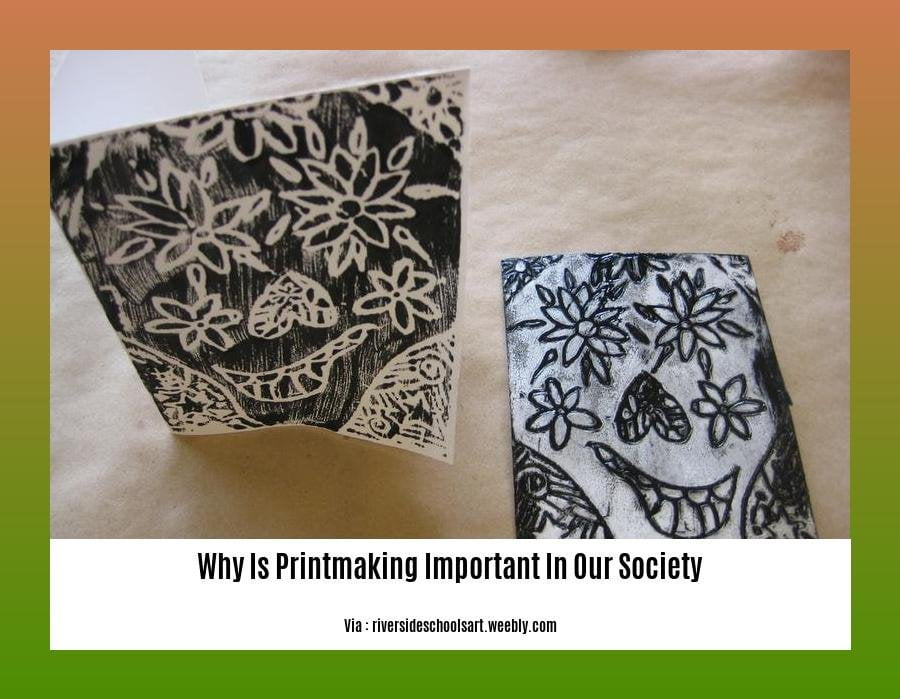
Printmaking holds a special place in our society, transcending its status as an art form to become a vital cultural expression and historical document. Throughout history, its impact has been immense, leaving an indelible mark on our understanding of art, communication, and the democratization of visual culture.
The Transformative Power Of Printmaking
Printmaking has had a profound impact on the art world. By introducing the concept of mass production in the 15th century, printmaking disrupted traditional artistic practices, shifting the focus from unique paintings to multiple printed reproductions. This revolutionized art dissemination, allowing a broader audience to appreciate and engage with artistic creations.
Additionally, printmaking played a pivotal role in the dissemination of knowledge and ideas during a time when literacy rates were low. It enabled the mass production of books and pamphlets, making education and information more accessible to the general public.
Printmaking As A Medium For Social Commentary
The ability of printmaking to facilitate the rapid dissemination of ideas also made it a powerful tool for social commentary. Artists throughout history have utilized printmaking to express their views on political, social, and cultural issues. For example, Francisco Goya’s Los Caprichos series of etchings exposed the social and political injustices of his time.
In the 20th century, printmaking became an integral part of protest movements. Artists such as Käthe Kollwitz and Diego Rivera used their prints to raise awareness about social and political issues, such as workers’ rights, poverty, and war.
Printmaking As Artistic Expression
Printmaking is a versatile medium that offers artists a wide range of creative possibilities. The variety of techniques, from relief printing to intaglio and lithography, allows artists to explore different textures, colors, and compositions.
Moreover, printmaking’s inherent reproducibility makes it an ideal medium for experimentation and exploration. Artists can experiment with different techniques, materials, and concepts without the constraints of traditional painting or sculpture.
Conclusion
Why Is Printmaking Important In Our Society? Printmaking is an art form of immense cultural and artistic significance. Its role in revolutionizing art production, facilitating knowledge dissemination, enabling social commentary, and providing a platform for artistic expression collectively make it an indispensable element of our cultural heritage.
Wondering about the intricate art of printmaking? Delve into the rich history of printmaking prints here to uncover the fascinating techniques and captivating aesthetics that have shaped this medium for centuries.
Curious about the origins of printmaking? Embark on a captivating journey through time and discover when printmaking originated, tracing its evolution from ancient civilizations to contemporary practices.
Ever wondered if prints of paintings hold monetary value? Explore the intriguing world of printmaking economics and uncover the factors that determine if prints of paintings are worth anything, gaining insights into the art market and potential investment opportunities.
Intrigued by the notion of original prints? Unveil the fascinating history of printmaking, discovering why original prints are valuable, and delve into the captivating techniques and artistic significance that make them treasured collectibles.
Keen on unraveling the historical tapestry of printmaking in art? Immerse yourself in the captivating narrative of the history of printmaking in art, tracing its evolution from early forms to contemporary expressions, and uncovering the pivotal moments and influential artists that shaped this dynamic medium.
Printmaking as a tool for historical documentation
Have you ever wondered how people in the past documented and preserved their history? One significant medium that played a crucial role is printmaking. In this article, we’ll delve into the significance of printmaking as a tool for historical documentation.
Printmaking, encompassing various techniques like engraving, lithography, and screen printing, has been used for centuries to capture and convey historical events, cultural practices, and societal changes. It has enabled artists and artisans to create multiple impressions from a single image, making it widely accessible and influential.
The Power of Printmaking in Historical Documentation
Printmaking’s ability to document history stems from several factors:
Artistic Expression: Artists have used printmaking as a means of artistic expression, capturing historical moments,人物, and scenes. These works provide valuable insights into past societies, offering a glimpse into their culture, beliefs, and daily life.
Accessible Medium: Printmaking techniques, such as woodcut and engraving, were relatively accessible compared to other art forms like painting or sculpture. This made it possible for a wider range of artists and artisans to engage in printmaking, contributing to the diversity of historical documentation.
Ease of Dissemination: Prints could be easily reproduced and distributed, enabling them to reach a broader audience. This facilitated the dissemination of historical information and knowledge beyond the confines of specific regions or social groups.
Examples of Printmaking’s Historical Significance
The Gutenberg Bible: One of the most iconic examples of printmaking’s historical significance is the Gutenberg Bible, printed in the 15th century. This groundbreaking work revolutionized the spread of knowledge and literacy, marking a significant turning point in history.
Japanese Ukiyo-e Prints: Ukiyo-e prints, popular in Japan during the 17th to 19th centuries, depicted scenes from everyday life, theater, and landscapes. These prints provide a rich visual record of Japanese culture and society during that period.
American Political Cartoons: In America, political cartoons emerged as a powerful tool for social commentary and political satire. These prints played a significant role in shaping public opinion and influencing political discourse.
Preserving and Celebrating History
Today, printmaking continues to be valued as a means of preserving and celebrating history. Museums, archives, and libraries around the world house collections of historical prints, which are studied and appreciated for their artistic and historical significance.
Key Takeaways:
- Printmaking has been used for centuries to document historical events, cultural practices, and societal changes.
- Printmaking’s accessibility and ease of dissemination made it a powerful tool for spreading historical information and knowledge.
- Notable examples include the Gutenberg Bible, Japanese Ukiyo-e prints, and American political cartoons.
- Printmaking remains a valuable means of preserving and celebrating history, with collections housed in museums, archives, and libraries worldwide.
Sources:
The History of Printmaking and Its Role in Historical Documentation
Printmaking as a Tool for Historical Documentation
Printmaking as a medium for education
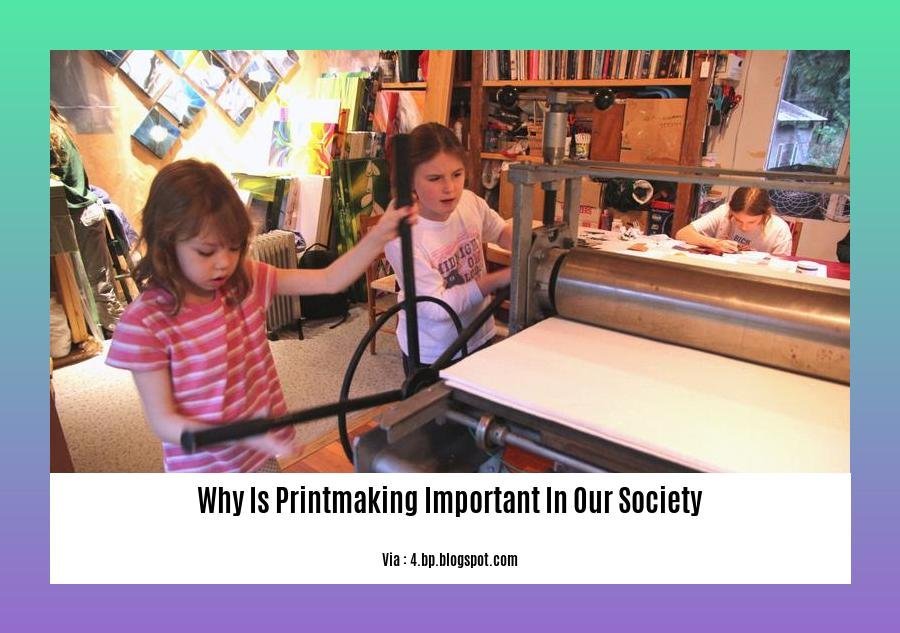
In the realm of art, printmaking stands as an exceptional medium, not only for its artistic expression but also for its profound impact on education. With roots stretching back centuries, this versatile art form continues to engage learners, foster creativity, and enhance artistic skills. Let’s delve into the captivating journey of printmaking as a medium for education.
Fostering Creativity and Self-Expression
Printmaking offers a unique platform for students to explore their creativity and express themselves artistically. Through various printmaking techniques, such as linocut, etching, and screen printing, students can experiment with different materials, textures, and colors, bringing their imaginations to life. The hands-on nature of printmaking encourages students to take risks, learn from mistakes, and develop their own distinctive artistic styles.
Introducing Fundamental Artistic Skills
Printmaking provides a solid foundation for learning fundamental artistic skills. Students are introduced to essential concepts such as composition, color theory, and mark-making. They learn how to manipulate different tools and materials to create visually striking prints. The structured and systematic approach of printmaking helps students develop a keen eye for detail, patience, and the ability to work systematically.
Exploring Art History and Cultural Perspectives
Printmaking is deeply rooted in history and is inextricably linked to cultural expression. Through studying the works of renowned printmakers like Albrecht Dürer, Francisco Goya, and Andy Warhol, students gain insights into different artistic movements, historical periods, and cultural contexts. They learn to appreciate the diversity of artistic expressions and develop a deeper understanding of the role of art in society.
Interdisciplinary Applications and Career Opportunities
The skills acquired through printmaking education extend beyond the art studio. Students learn transferable skills applicable to various fields, including graphic design, illustration, typography, and textile design. The problem-solving and critical thinking abilities developed through printmaking are valuable assets in a wide range of careers, preparing students for success in the creative industries and beyond.
Preserving and Advancing the Printmaking Legacy
Printmaking education ensures the preservation and传承 of this time-honored art form. By teaching and practicing printmaking, educators and artists contribute to the continuation of this rich tradition. They inspire future generations of printmakers, ensuring that the art form continues to thrive and evolve, adapting to new technologies and contemporary artistic expressions.
Key Takeaways:
Printmaking fosters creativity and self-expression, providing students with a platform to explore their artistic potential.
Printmaking introduces fundamental artistic skills, including composition, color theory, and mark-making, laying the foundation for artistic development.
Printmaking offers insights into art history and cultural perspectives, helping students appreciate the diversity of artistic expressions and the role of art in society.
Printmaking education equips students with transferable skills applicable to various fields, preparing them for success in the creative industries and beyond.
Printmaking education preserves and advances the legacy of this traditional art form, inspiring future generations of printmakers and ensuring its continued evolution.
[Citations:]
The Role of Printmaking in Art Education
Printmaking: A Versatile Medium for Art Education
Printmaking as a means of preserving cultural heritage
Preserving cultural heritage through printmaking is like capturing a moment in time, a snapshot of a culture’s identity, traditions, and values. It’s a way of safeguarding our roots, ensuring that future generations can connect with and appreciate the richness and diversity of our shared past.
Imagine a vibrant tapestry woven with stories, symbols, and motifs that tell the tale of a people’s journey. Printmaking is like a thread in this tapestry, binding the fragments of history together, creating a narrative that transcends time.
Artists, like skilled storytellers, use printmaking techniques to etch these narratives onto paper or fabric. Their hands, guided by inspiration and a deep understanding of their culture, breathe life into images that speak volumes.
This art form isn’t just about aesthetics; it’s about preserving cultural identity, documenting traditions, and passing down knowledge from one generation to the next. It’s a way of keeping our heritage alive, ensuring that our ancestors’ wisdom and artistry aren’t lost to time.
Take, for instance, the intricate woodcuts of Japanese ukiyo-e prints. These vibrant images captured the essence of Edo-period Japan, depicting everything from kabuki actors to beautiful landscapes. They served as a window into a bygone era, preserving the customs, fashion, and daily life of a fascinating culture.
Similarly, the barkcloth prints of the Tapa cloth in the Pacific Islands tell stories of creation, migration, and ancestral spirits. Each intricate design is a testament to the rich cultural heritage of the Pacific people.
Printmaking, in its essence, is a celebration of diversity, a testament to the kaleidoscope of cultures that make up our world. It reminds us that our heritage is a living, breathing entity, constantly evolving yet rooted in the traditions of our ancestors.
Key Takeaways:
- Printmaking: A powerful medium for preserving cultural heritage, traditions, and values.
- Artistic Expression: Artists use printmaking to capture and express the essence of their culture.
- Documenting History: Printmaking serves as a historical record of a culture’s narrative.
- Cultural Identity: Printmaking helps preserve and promote cultural identity.
- Passing Down Knowledge: Printmaking facilitates the transmission of knowledge from one generation to another.
- Celebrating Diversity: Printmaking showcases the richness and diversity of cultural expressions worldwide.
Sources:
The Role of Printmaking in Preserving Cultural Heritage
Printmaking: A Powerful Medium for Cultural Preservation
FAQ
Q1: How does printmaking contribute to the preservation of cultural heritage?
A1: Printmaking serves as a vital tool for preserving cultural heritage by capturing and disseminating traditional art forms, symbols, and motifs. Through printmaking, artists document and share cultural practices, ensuring their continuity and accessibility to future generations.
Q2: What role does printmaking play in fostering cultural imagination and expression?
A2: Printmaking provides a platform for artists to explore their cultural imagination and express unique perspectives. By utilizing printmaking techniques, artists can interpret and reimagine cultural narratives, symbols, and traditions. This process fosters creativity, innovation, and the exploration of contemporary issues within a cultural context.
Q3: In what ways does printmaking promote cultural preservation and awareness?
A3: Printmaking actively promotes cultural preservation and awareness by raising public consciousness about cultural heritage and identity. Exhibitions, workshops, and educational programs centered around printmaking help educate diverse audiences about the significance of preserving cultural traditions. Printmaking encourages dialogue, understanding, and appreciation for cultural diversity, fostering a sense of unity and shared heritage.
Q4: How does printmaking contribute to the development of artistic skills and techniques?
A4: Printmaking plays a crucial role in developing artistic skills and techniques. It exposes artists to various printmaking methods, such as intaglio, lithography, and relief printing, each requiring specific technical expertise. Through the exploration of these techniques, artists refine their artistic abilities, enhance their understanding of composition, color theory, and texture, and gain proficiency in handling different materials.
Q5: What is the broader societal significance of printmaking?
A5: Printmaking holds societal significance by facilitating the dissemination of ideas, information, and artistic expression. Historically, printmaking has been instrumental in spreading knowledge, promoting social and political movements, and shaping public opinion. In contemporary times, printmaking continues to serve as a powerful medium for communication, allowing artists to address social issues, raise awareness, and engage with broader gesellschaftliche discourses.
- China II Review: Delicious Food & Speedy Service - April 17, 2025
- Understand Virginia’s Flag: History & Debate - April 17, 2025
- Explore Long Island’s Map: Unique Regions & Insights - April 17, 2025
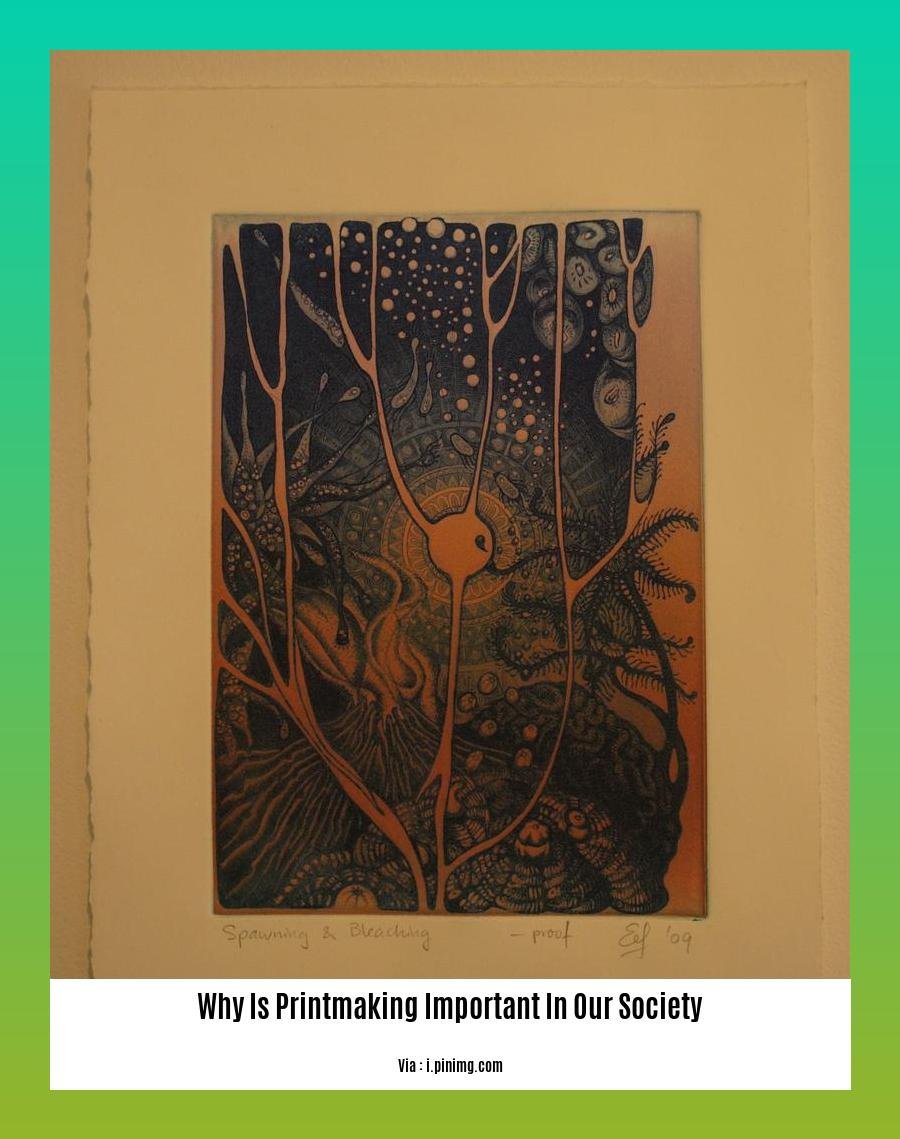
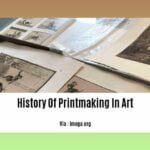


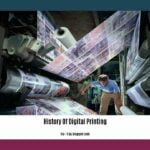

![[Phrase Match] Embracing Evolution: A Journey Through Contemporary Dance History contemporary-dance-history_2](https://www.lolaapp.com/wp-content/uploads/2023/12/contemporary-dance-history_2-150x150.jpg)









